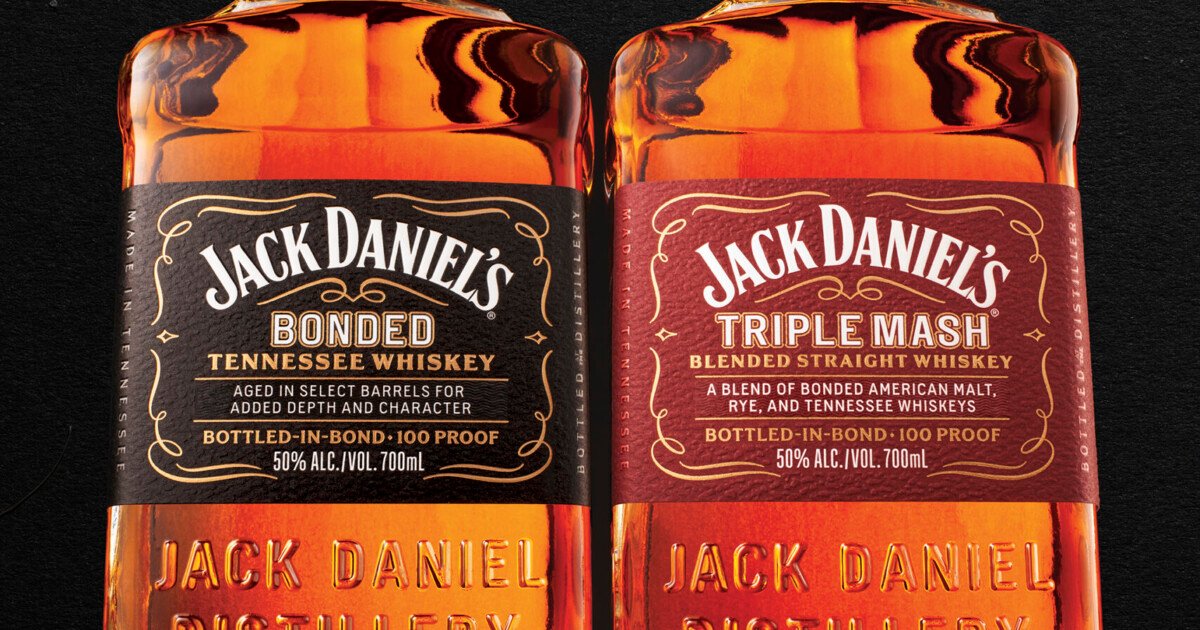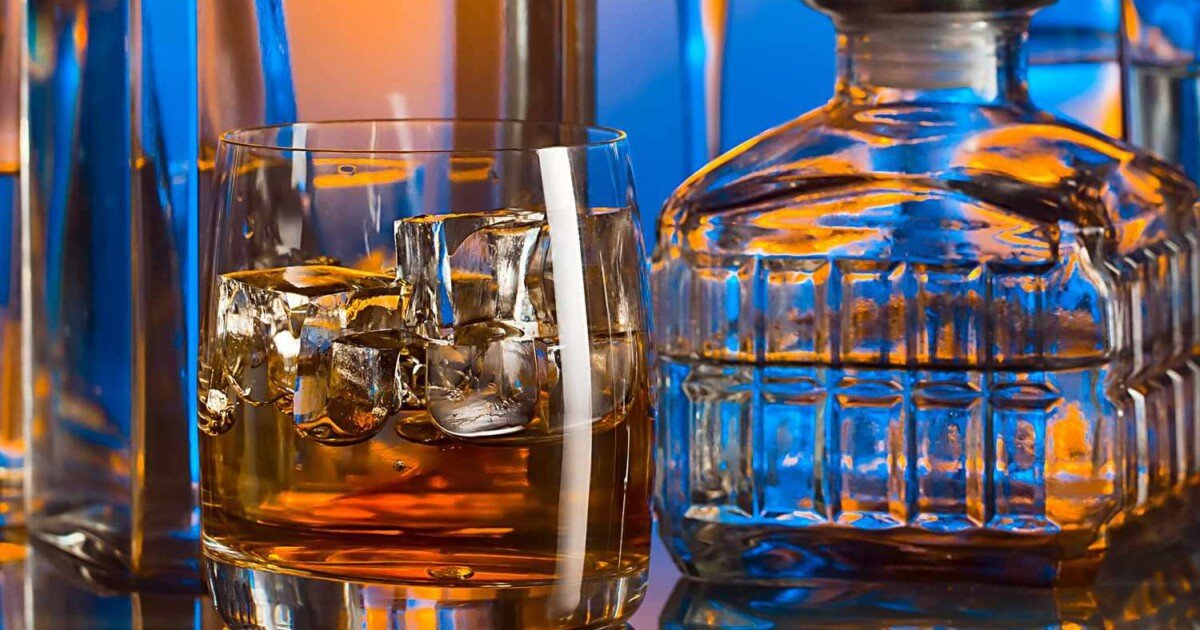We present you here, our ultimate guide for choosing the right bar glasses to suit your booze needs. Toi begin with, we talk about some basics of barware and then a detailed preview of different varieties. Hope you find it educative.
Glassware Styles
When choosing from the types of glassware, it’s helpful to begin your intended use. Styles of glassware can point you in the right direction to what you should get. Think of the situations when you’ll use them. Keep in mind who will be drinking from them too.
Daily Use
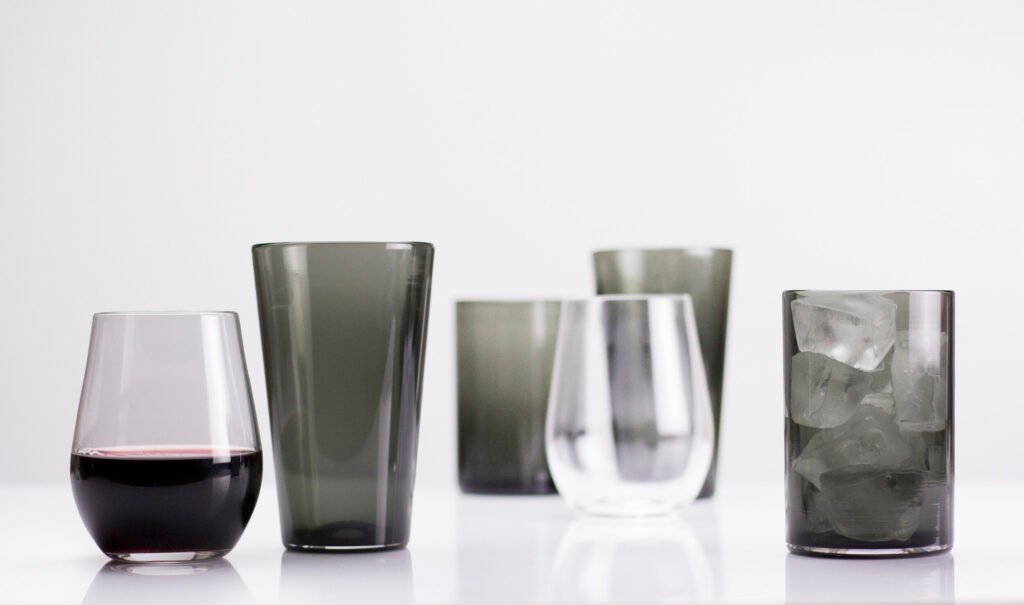
These are the glasses you’ll use for any meal or snack. They are the low-end of the price range simply because of the risk of breaking and cost of replacement. It’s not necessarily an indication of how ornate a piece is. Less expensive techniques such as etching can make a cheap one look like something for special occasions. The overriding factor is cost. Breaking one or two isn’t going to be the end of the world. You’ll find a ready supply of replacements. And they don’t have to match if your dining room is in an eclectic style. Remember that your flatware, glasses, and dishes are accessories to echo the room’s theme. They include items such as short or tall tumblers you might use to pour a glass of juice or milk. They come in a variety of volumes from a few ounces to ones that’ll hold an entire can of soda or more. The size may deceive you, depending on the diameter of the glass. A short, wide one can rival the volume which a taller, thinner one might contain. Unlike the other types we’ll discuss, these glasses fall under the category of all-purpose or casual. You can use them for water to juice to mixed drinks. That makes them more utilitarian rather than part of a dining experience, per se. Their function is to look good and match your dinnerware.
Stemware

Just as the name implies, these pieces have a stem between the foot and the bowl of the glass. They can be something you use every day if you have wine with your meals. They can also be more expensive or decorative glassware that you’ll use occasionally. These glasses get less use than the casual types. You’ll often see some specialization with these that goes beyond size. Design and materials play bigger roles in what you get. You may be surprised to learn that stemware plays a more important role in drinking than you may realize.
Barware

Barware falls under the same umbrella as stemware in that these are glasses with a purpose. They’re often an integral part of the drinking experience. Think of a Tom Collins glass with its like cocktail name. They can range the gamut of formal, elegant pieces to silly ones to add some fun to an occasion. A close relationship exists between the typical beverage and the glass that is used. Generally, the higher the amount of alcohol, the smaller the glass. But as with any rule, there are exceptions. The same applies when discussing the types of glassware.
Bar Glasses Material
The materials used are one factor that determines the price you’ll pay for glassware. You’ll see it in the design too. All of these factors will affect the user experience which we’ll discuss in detail with the different types of beverage glasses.
Glass
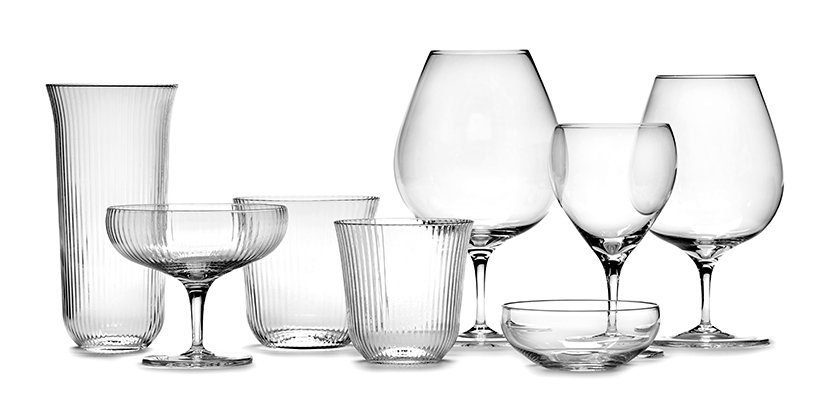
By and large, the most common type you’ll see is soda-lime glass. It’s the least expensive which is reflected in its cost. While it’s cheap, it can’t handle sudden changes in temperature which is why you should use only Pyrex or other heat-resistant products in your microwave. These pieces tend to be thicker because they’re more fragile than other types. That also makes them dishwasher safe. This material is an excellent choice for everyday glassware because of these factors. An alternative is borosilicate glass which overcomes some of the issues of durability and heat resistance that plague the former.
Crystal

Crystal has two overwhelming advantages over glass. First, it beats the latter when it comes to a side-by-side test of which is stronger. That’s because it contains lead oxide. The percentage, however, varies depending on where and when it was made. Crystal from the United Kingdom has at least 24 percent, whereas the United States doesn’t have the same standard.
Second, there’s no denying the beauty of crystal. It simply looks stunning and makes everything in the glass look great too. That’s because of the addition of the lead which is soft and malleable. On the downside, it’s expensive. And if you don’t like handwashing your glassware, you’re out of luck.
Non-Lead Crystal
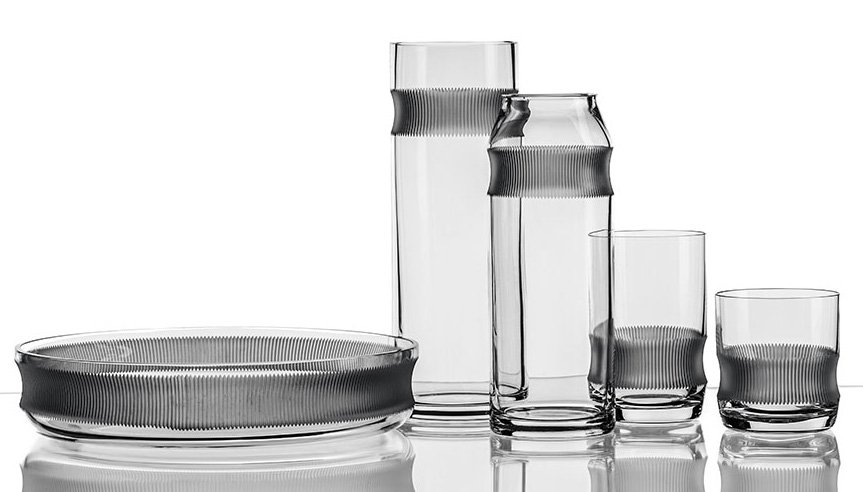
An alternative is non-lead crystal. Rather than lead, zinc or magnesium fill in to add to its overall strength. That trait is important because you can get thinner glasses which translates into beautiful pieces. They still have the durability of regular crystal with some being dishwasher-safe too. They’re an excellent option if you’re looking for something more decorative.
Types of Stemware
You can think of a discussion about stemware as a launching off point into aficionado territory. We’re not just talking about a wine glass, but one meant for a particular varietal. It’s not just about wine either. Dessert beverages and liquors also have tapped into this specialty field.
Red Wine

Characterizing a wine as either red or white is just the tip of the iceberg when it comes to choosing glassware to match the beverage. There are several differences between the two main types. A red wine glass often has a larger bowl which fits in with the way it is savored and enjoyed.
Often, it’s desirable to decant red wine to allow for more oxygen exchange. The red wine glass reflects similar traits with a larger surface area and opening at the top. It’s essential to remember that wine is a complex beverage with many layers of aromas and other traits that will affect the experience. The design of the wine glass enhances it by minimizing other factors.
But just like there are many kinds of red wine, there are several styles of glasses. You’ll find ones specially made for pinot noir, Bordeaux, cabernet sauvignon along with a standard, all-purpose version. The differences rest with the varying amounts of tannins, acidity, and alcohol.
You need to experience the aromas and flavors fully to enjoy a glass of wine. That means being able to swirl it to get air to it to open it up to release volatile components. The bottom of the bowl of a red wine glass is larger than the top to direct all those wonderful smells so you can detect them better.
White Wine

White wine glasses vary in their shape and size too for similar reasons. They have a smaller bowl than a red wine glass because of their varying styles and temperature requirements. Every type of wine has its optimal serving temperature. With white wine, that generally means cold.
These beverages are often more delicate than red with aromas that are often subtle. The shape of the glass reflects these traits. You’ll find wines in both light and full-bodied styles. The former tastes best with a smaller version of the all-purpose red where the shape tapers to a narrower opening.
Then, of course, you have champagne glasses. You’ll see several styles of these pieces as well. They include the classic coupe shape which resembles a small bowl on a stem. There is the long and tall flute that directs the bubbles to the top slowly. One of the most popular is the tulip glass which refines the shape of the former to enhance the tasting experience.
A full-bodied white wine, on the other hand, has plenty of aromas to experience. A wine glass with straight sides and a wider opening at the top will allow you to fully experience them. Are you wondering which type you should choose?
Our advice is to at least have all-purpose glasses for red and white on hand. While Chardonnay is the most popular wine at 13.3 percent of the market, cab isn’t far behind at 12.1 percent. If you prefer a certain varietal, this guide from Riedel will help you choose the best one for the wine.
Other Types
But, wait! There’s more! You’ll find additional types of glassware for other beverages. Again, part of it rests with the experience. The other consideration is serving size. A healthy five-ounce pour is par for the course for a red wine. It’s a different story with a dessert wines and other liquors. You’ll find specialty glasses for other beverages including:
- Port
- Sherry
- Madeira
- Sauternes
- Scotch/Whiskey
- Martini
Several factors are driving this changing market. First, people are branching out and discovering fortified wines. That has led to a desire for a better savoring experience. Second, the industry itself has grown and become more refined with new styles and techniques that are attracting another segment. Finally, a more knowledgeable consumer base has driven the demand.
Stem versus Stemless
You’ll also see glassware without the stem and foot of the traditional form. On the plus side, a stemless glass is not top heavy and less likely to fall over and break. If that is a frequent problem at your home, you might consider them as an alternative.
The wine enthusiast is more likely to give them a pass. First, there are all those fingerprints. Drinking wine is a visual experience too. We can understand how it could be off-putting to some. Second, your hands will affect the temperature of the wine, sometimes, adversely. Even most red wines benefit from chilling.
Our advice is to choose what works best for you and the type of wine drinking you do. What will ruin it for some won’t bother others a bit. However, the other factors of design and shape still apply even if there isn’t a stem on the glass. Another advantage of this type is that they’re often cheaper than stemware which is worth considering.
Types of Barware

Barware tends to toe the all-purpose line simply because of the plethora of choices. You can refer back to factors such as materials to help you decide on the practical matters of aesthetics and usage. That said, you’ll still see some specialization that has been market driven in some segments which are worth some discussion beginning with beer.
Beer

The beer industry has seen a tremendous amount of change in recent years. You’ll see it in your choices of glassware for these beverages and their varying styles. The market as a whole hasn’t moved upward a lot in recent years with growth hovering around 1 to 2 percent. The craft beer segment is the polar opposite, posting annual rates of over 13 percent.
There has been a surge of microbreweries, brewpubs, and regional craft breweries that are causing an incredible shift in the industry. It has given rise to a myriad of styles such as IPAs, ales, porters along with artisan variations. No longer is the pilsner the only glassware for beer that you need. It also includes other types including:
- Flute glasses
- Goblets
- Mugs
- Pint glasses
- Snifters
- Stange
- Tulip glasses
- Weizen glasses
The design of each of these types is suited to a particular kind of beer. It involves things that you’ll see with wine glasses but also the varying alcohol levels. Many craft beers far exceed the alcohol by volume (ABV) of under 5 percent that you find with everyday lagers. The smaller size glasses reflect this fact. There’s a lot of overlap between the types of glassware.
A pint glass or a mug will cover a lot of bases. But, if you are a beer aficionado of a certain style, by all means, get the right one for what you drink. Take into account the size of the container when choosing. Craft beers, for example, often come in cans or bottles that stray far from the typical 12-ounce can.
Liquor

If you serve mixed drinks, a set of glasses that include a highball version and an on-the-rocks or old-fashioned type will do the job for most cocktails or soft drinks. We’d refer you back to materials and design to guide your choices. It’s worth noting the change in serving size that has occurred with them over the years.
About 20 years ago, the average serving of soda was around 6.5 ounces. Today, it reaches 20 ounces. You’ll see the same thing in aperitif, wine glasses, and everyday glassware. We’ll touch on the subject again when we discuss vintage pieces. Liquor glasses range from a quick pour in a shot glass to glasses to serve cordials or liqueurs.
Specialty

The discussion up to now has only scratched the surface about the wide variety of glassware types available. You’ll often find pieces that seem to suit just one type of beverage such as ochoko that you might use for sake or a snifter for cognac. The design often is part of the ritual of using each one. Think of warming brandy by holding your glass in your hand by the fireplace. You’ll find glasses that are as iconic as the drink for which they are meant. Think of a hurricane glass for Planter’s punch or other tropical drinks.
The Bottomline
Your choice of glasses can go beyond just something that holds your favorite beverage. That’s part of the everyday realm of glassware. Let’s see how it can also affect your dining experience.
Taste
If our discussion about stemware and barware revealed anything, it’s that the choice of glass makes a difference. That’s where it boils down to personal preferences. If you open a bottle of wine maybe a few times a year, it might not matter. But if you just joined a wine club, you might rethink it.
Color and Size
Pay attention to the color of your glassware, especially for those pieces you’ll use during a meal. It can have a big, albeit, subtle impact on your perception. It’s well established that the color of your plate can affect your appetite. For example, red plates may influence you to eat less.
Size also matters. Research has shown that if you give people bigger portion sizes, they’ll consume more. Bear that in mind for your next party. Think about how serving sizes have changed. If you watch an old black and white movie, you may see the actors swilling martinis in glasses that would only hold a swallow or two. Compare that to today’s martini glass.
Vintage
We wanted to add a quick note about vintage pieces that you may find in antique stores or flea markets. The first thing you’ll probably notice is that they’re smaller and often heavier. It’s perfectly safe to use lead crystal glasses for drinking. However, you shouldn’t store any beverages in decanters for long periods of time so that the lead won’t leach into the liquid.
Cost
You’ll find types of glassware in a wide range of price points. The material and the design will dictate where it falls on this scale. Most are sold in sets of two or more, depending on the style. Products made of glass are affordable at Rs 2000 or under. If you go with specialty glasses such as those from Riedel, expect to pay Rs 4000 or more, depending on the set.
Crystal glasses are at the high-end of the spectrum, especially for the more ornate pieces from a manufacturer like Waterford. Prices can easily go north of Rs 8000 or more. These are special occasion pieces that probably won’t see a lot of everyday use.
In A Nutshell
Barware Glasses

Types Of Red Wine Glasses

Types Of White Wine Glasses

Types Of Beer Glasses

Hope this comprehensive package on the bar glassware adds to some charm to your bar. If you want to update a home bar and have a semi-professional look when you serve your guests drinks, its very important to learn about the types of glassware you need for your personal bar. We expect, this quick guide will help you find out which types of bar glasses are appropriate for which drink!
Cheers…!!!
(Contents of this article were originally published on www.homestratosphere.com)


